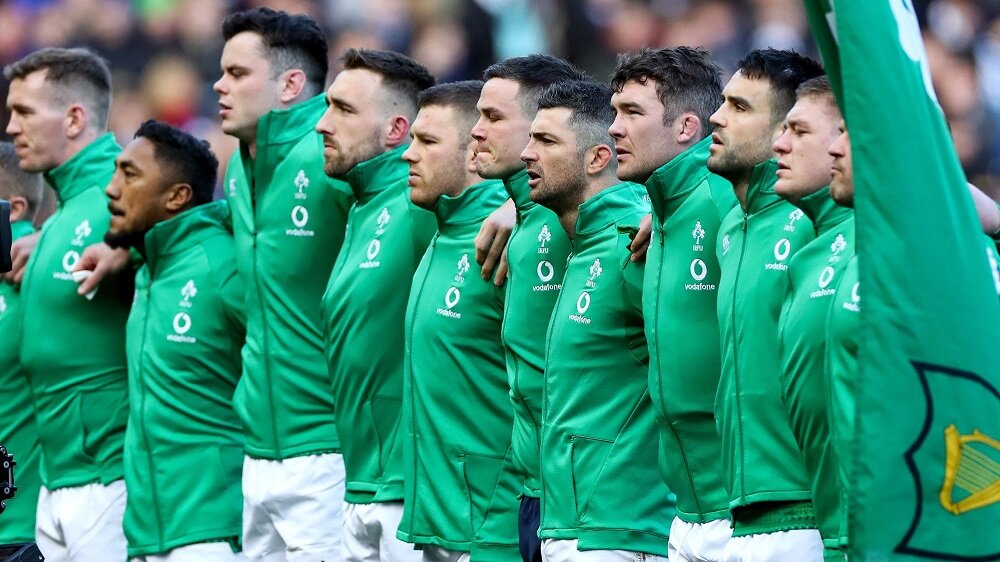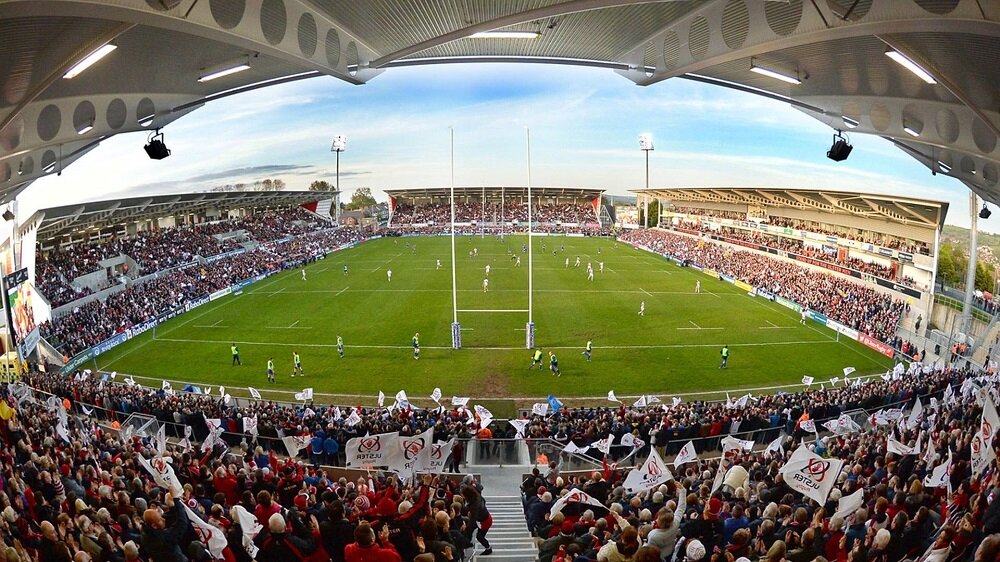By
JÚLIA SARMENTO SILVÉRIO

Every day, we send 65 billion WhatsApp messages, make 5 billion searches, and watch 1 billion hours of YouTube videos. These activities, plus millions of others, like setting an alarm on your phone, getting directions on Google Maps, or clicking on a social media post, generate 2.5 million terabytes (or 2.5 billion gigabytes) of data every 24 hours.
In a business context, this data, once properly collected and analysed, can have major commercial benefits. For the tech companies of the world, knowing what videos are being watched and which photos are being liked means better ad targeting. For a recruitment company, a data-powered algorithm can find the best prospective hires by analysing time-to-hire, job offer acceptance rates, candidate experience scores, and feedback.
In sport, analytics has replaced decision-making based on gut feeling and intuition with data-driven insights.
It is bringing a world of new opportunities to rugby, Gaelic football, soccer, tennis, and many other sports. Motion sensors in trainers and GPS devices on athletes’ torsos can track location, speed, and acceleration; non-invasive sensors fixed to tennis rackets and around the wrist can measure high-speed motion, stroke types, swings, footwork, and fitness statistics in real time.
Ahead of Ireland’s Rugby World Cup Quarter Finals face-off with New Zealand on Saturday, the Boys in Green will almost certainly have been subject to high-performance data analysis to measure their capabilities and performance.
The rise of fanalytics
Every time a club or sports business makes contact with a fan or customer, they should be creating commercial opportunities. Doing that requires knowing who those fans and customers are, their expectations, and what gets them excited.
A new field of sport data analytics, ‘fanalytics’, is helping to increase loyalty and engagement among spectators and consumers.
Most fans are constantly connected to the internet during matches and events—they’re posting to social media, checking league tables, and reading about the players. Their mobile device is their second screen; during Super Bowl 52, over 16 terabytes (16,000 gigabytes) of WiFi data was consumed by the stadium crowd alone.
Fans are in complete control of when, where, and how they engage with sports. By identifying their movements and needs using data, clubs can meet all the needs of the fan life cycle — discover (who your fans are), explore (possibilities to engage and interact with them), buy (products from the sports team or the idea), use (the positive aspect of buying products), ask (the fans for their experience and feedback), and engage (to build loyalty and re-marketing opportunities).
In doing so, they’ll create a consistently engaging experience, increasing their chances of attracting more fans and generating the data required to justify innovative new marketing and communications strategies.

Making it work
Everyone wants a good deal, and that’s why the key determinant of fan attendance at sports events remains ticket price. To offer value, clubs have to continuously improve the fan experience by providing “wow” moments for attendees, as well as the digital touchpoints to monitor the fan journey and improve it based on feedback.
That means going beyond the basics of recording ticket sales. Connecting stadium WiFi, installing website and social media chatbots, developing team-branded apps, implementing full website analytics, and getting smart about security and privacy all provide opportunities to improve the fan experience while serving the business.
Ulster Rugby is one of Irish sport’s data analytics trailblazers. When Ulster fans attend a match, the club says, they value the atmosphere, the food and bars, and the free stadium WiFi.
To bring those experiences together, the club has partnered with WiFi SPARK to develop new technology for the Ulster Rugby home stadium. As soon as match spectators log onto the WiFi, a branded landing page provides updates on the teams and matches, information on stadium facilities, Ulster Rugby social media, and sponsored content.
Both the fans and the team win with this “relationship”. The spectators get a better experience and the club makes more money, which is then re-invested in facilities and services for the team. For Ulster Rugby’s marketing and communications staff, separate campaigns are drawn together to create cross-promotional opportunities.
Data analytics has given many clubs and sports organisations a competitive edge. New Zealand Rugby has been hiring players for the last seven seasons by measuring their performance using SAS Visual Analytics. Personalised customer experiences, powered by data analytics, helped Nike make $10 billion in sales in 2018.
All businesses, regardless of industry, can benefit from data and analytics to drive positive outcomes. By integrating the data that they already have into a third-party analysis program, they can generate invaluable insights to improve customer experience, business growth, and revenue.
JÚLIA SARMENTO SILVÉRIO
Júlia is PR360’s Digital Marketing Data Analyst. With her experience in data analysis, digital, social media, e-commerce, and analytical performance dashboards, Júlia develops digital marketing ad campaigns from conception to execution.

